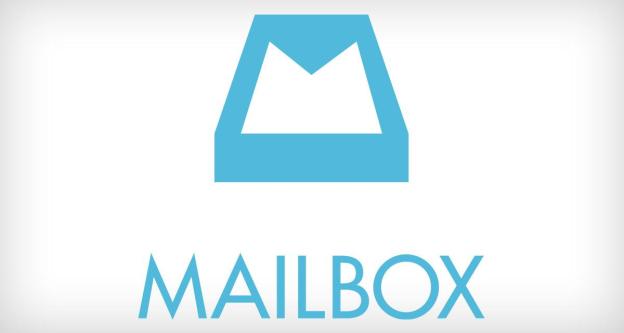
For people that use email as their primary mode of communication, it’s important to have a good work flow going on. Just like a standard, face-to-face conversation, there’s a certain flow to your virtual correspondences. Some information is more pertinent to share than others. For example, you may need to send off an important file to a co-worker before you send off a “LOL” in response to the singing cat video your friend sent you. Mailbox, which launched earlier this year for iPhone, sets out to change how you look at your inbox. It doesn’t so much push a change in presentation but more of a change in philosophy of how its users look at their inbox. Now they’ll be about to look at it on a bigger screen, as the app has come to iPad and iPad Mini. But that’s really the only change its undergone.

This is where one of the major issues, albeit one of few, with Mailbox comes in: There is no way to handle emails in bulk. You’re dealing with every message on an individual basis; it’s probably a great theory for when you’re on your day-to-day routine, but during setup and management mode it’s not going to cut it. I’ll spoil this for you now, I never reached inbox zero with my account. I have messages that are beyond the point of needing to be dealt with, especially on an individual basis.

Once you’ve hit inbox zero and you’ve started categorizing your emails as they arrive, there really is a nice feeling of clarity about what you’re dealing with and what is on your agenda. It’s nice to know that what is in your inbox is exactly what you should be working on while the rest of your emails are compartmentalized for you in a way that gives you finality with the message or at least enough time away from it to not have it staring at you as you work on other things. You’ll feel like a mail sorter as you try to clean out your inbox initially, but like a composer as swipe to send new emails off to maintain the equilibrium you achieved.
Mailbox received a lot of hype upon its initial release, in part because of what it promised and in part because it prompted a huge queue of a waiting list of people who just wanted to try out the app. The move to tablet isn’t one that breaks much ground, and there still issues here: You can still only use Mailbox with a Gmail account, the lack of any sort of bulk controls are detrimental. But if you’re willing to put the time in to get your email in order the Mailbox way, you’ll be rewarded with a nice presentation and smooth operating controls that make you feel like you’re truly in control of your email. It’s a lifestyle change for many email users but if you often get overwhelmed by your inbox, it’s a change that may be welcome.


